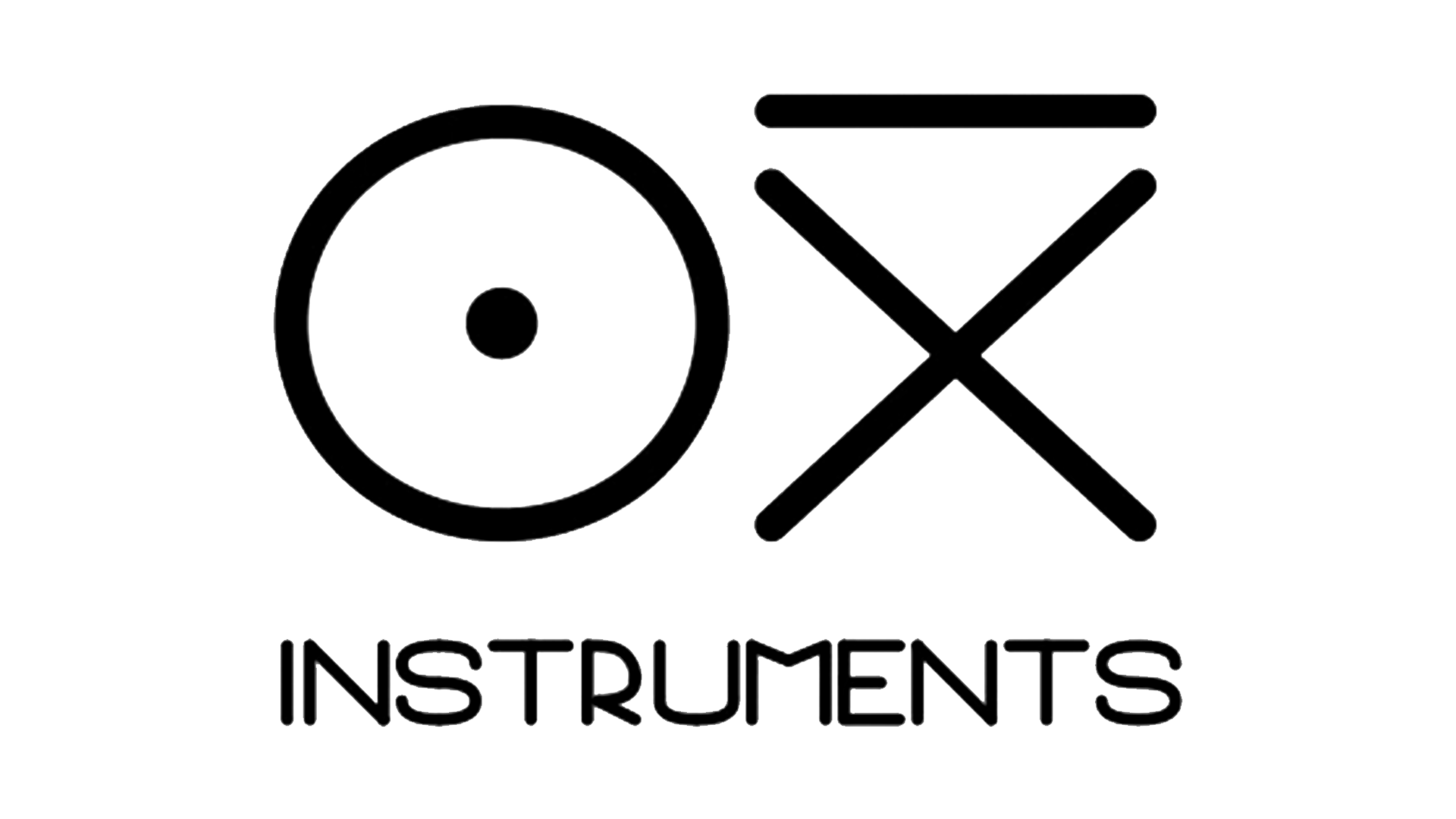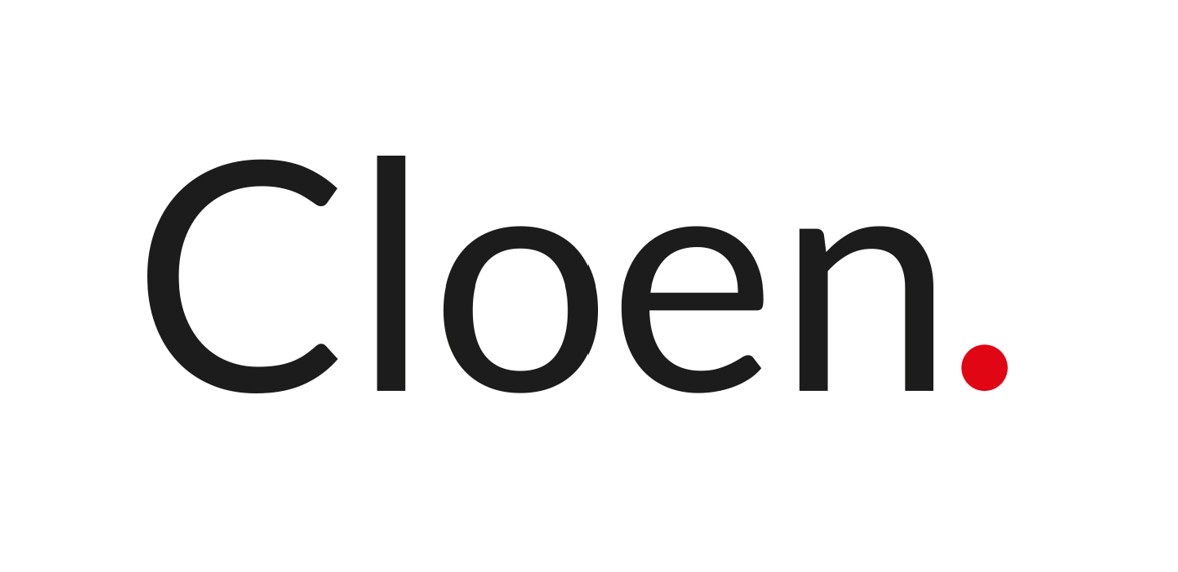NRTL Certification
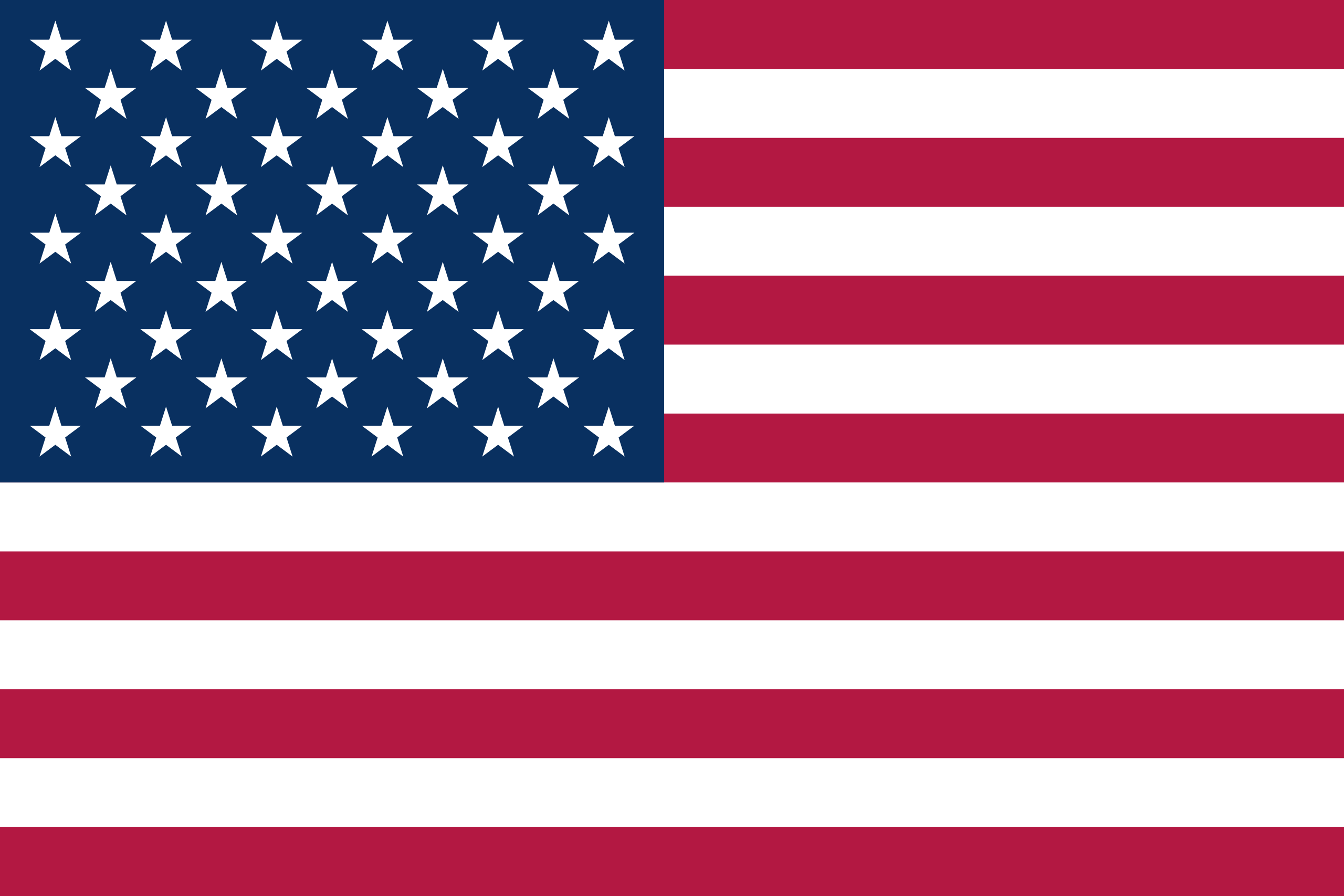
National Recognized Testing Laboratory
Comply with the NRTL (OSHA) requirements of the US market for your products reliably and securely.
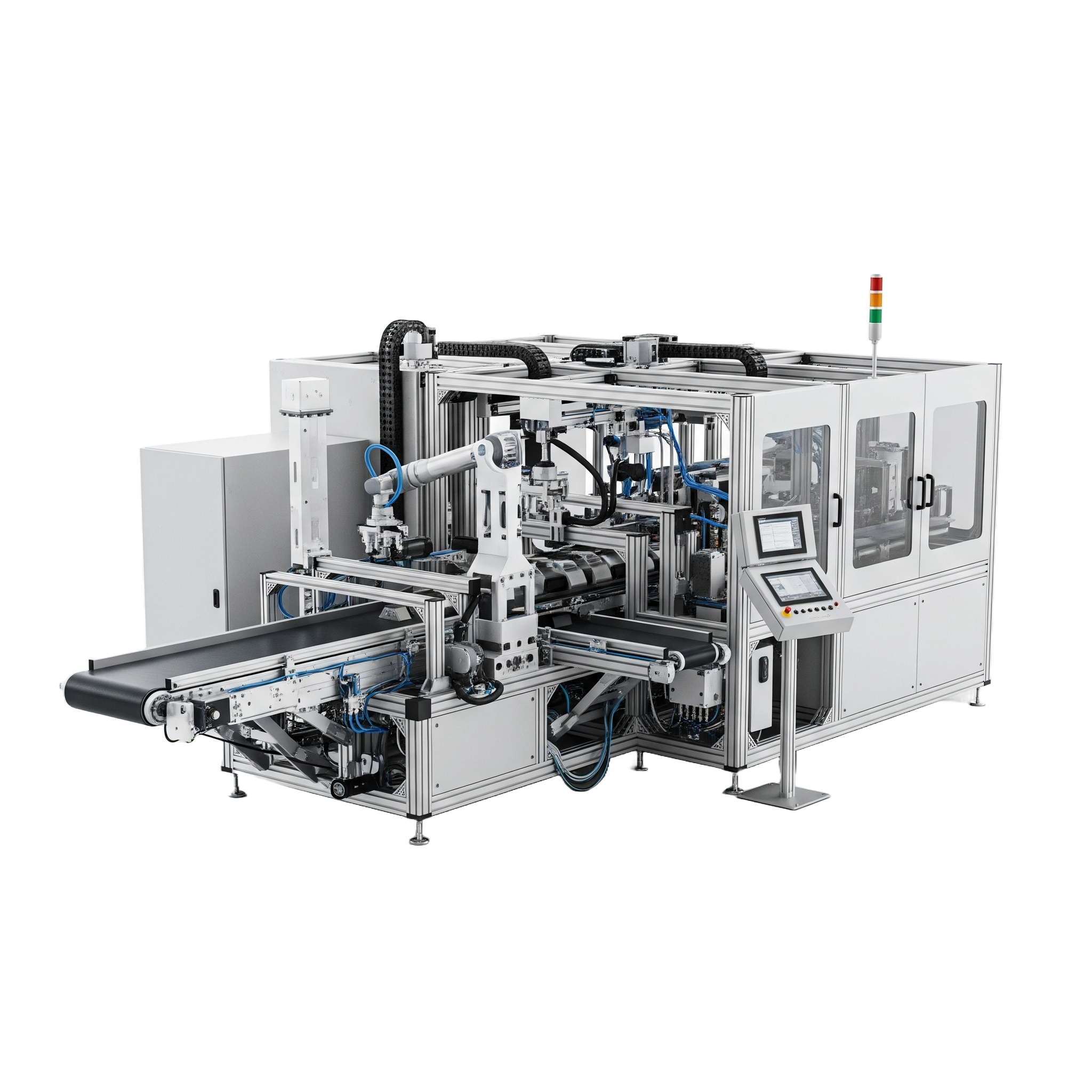

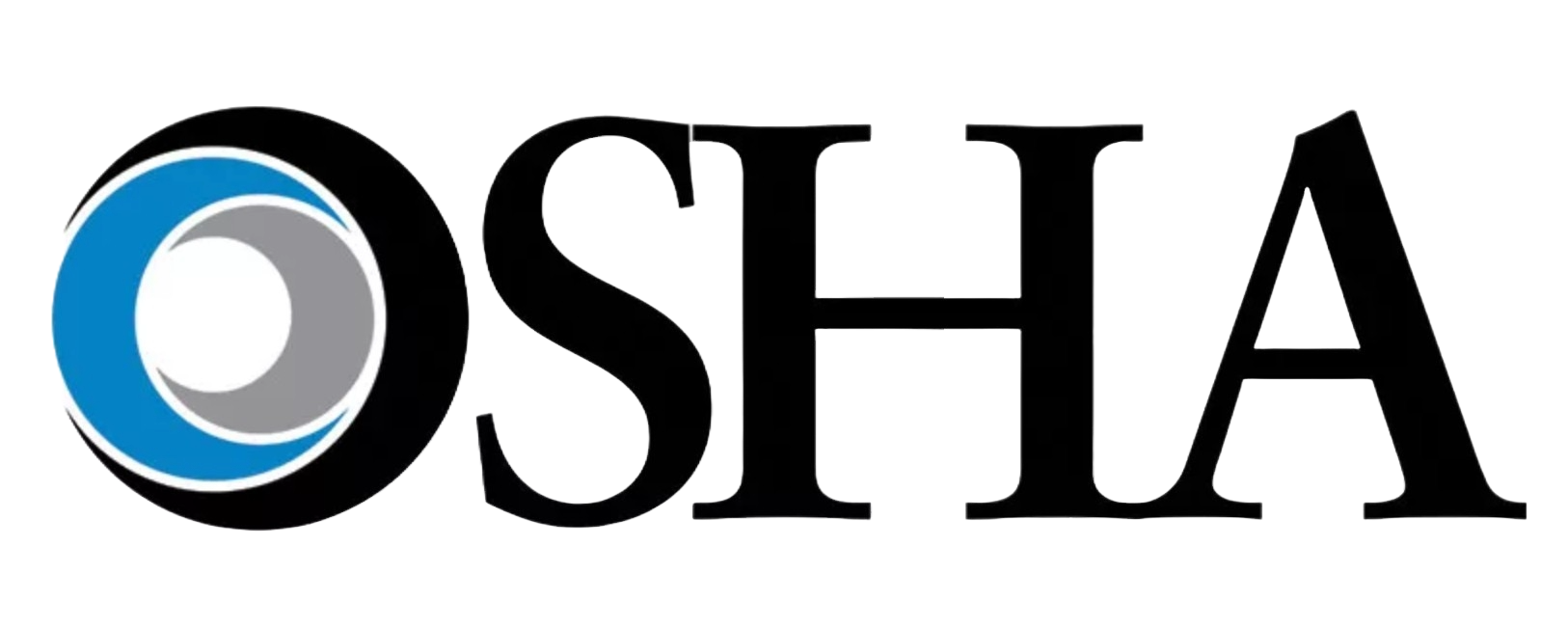
What is it about?
Certification by an NRTL (National Recognized Testing Laboratory) is a requirement imposed by OSHA (Occupational Safety and Health Administration) for most electrical equipment and products intended for use in the workplace in the United States. Although OSHA focuses on the occupational sphere, this certification has become the gold standard for safety in the general consumer market as well. The process verifies that products comply with consensus-based safety standards (e.g., from UL, CSA), ensuring they are safe, do not pose a fire or electrical hazard, and protect the integrity of users.
OSHA does not certify products directly, but it requires that equipment used in workplace environments be certified by an NRTL. Due to this regulation, certification has been extended to virtually all products that present a potential risk, even if they are sold to the general public. The list includes, but is not limited to:
Information Technology Equipment: Computers, servers, power supplies.
Consumer Electronics: Televisions, chargers, audio and video equipment.
Household Appliances: Refrigerators, microwaves, washing machines, vacuum cleaners.
Lighting Equipment: Lamps, LED luminaires (fixtures), ballasts.
Power Tools: Drills, saws, and other portable or stationary equipment.
Laboratory and Measurement Equipment: Scientific and testing instrumentation.
Industrial Machinery: Control panels, motors, and factory equipment.
HVAC Products: Air conditioners, heaters.
Products are not classified by formal OSHA categories but are grouped according to the specific safety standard that applies to them. Each product type has one or more designated safety standards, developed by UL (Underwriters Laboratories) and adopted by the ANSI (American National Standards Institute).
The classification is based on:
Nature of the Product: For example, the standard for IT equipment (e.g., UL 62368-1) is different from that for a kitchen appliance (e.g., UL 1026).
Intended Use: Whether a product is designed for indoor, outdoor, or hazardous locations (with the presence of flammable gases).
Critical Components: Key safety components are identified and evaluated, such as cables, batteries, switches, and plastic enclosures.
The NRTL determines the applicable standard and conducts tests based on the risks associated with that specific classification.
The process for a product to be "Listed" or "Recognized" by an NRTL such as UL or ETL involves the following steps:
Selection of the NRTL and Standard: The manufacturer chooses an OSHA-recognized laboratory (e.g., UL, Intertek, CSA, TÜV) and, together with it, identifies the exact safety standard that applies to their product.
Application and Technical Documentation: A formal application is submitted along with all product documentation: electrical schematics, bill of critical components (BOM), user manuals, and design specifications.
Laboratory Testing: The NRTL subjects product samples to rigorous safety tests according to the standard. This may include tests for electrical overload, fire resistance, durability, current leakage, etc.
Initial Production Inspection: An NRTL inspector visits the factory to ensure that the product is manufactured consistently and with the same materials and processes as the tested sample.
Issuance of Certificate and Authorisation: If the product passes all tests and the inspection, the laboratory issues the certificate and authorises the manufacturer to use its certification mark (e.g., the UL or ETL seal) on the product.
Maintenance and Periodic Audits: The certification is not a one-time event. The NRTL conducts unannounced follow-up audits at the factory (usually 4 times a year) to ensure that production continues to meet safety standards.
Details to consider for obtaining NRTL certification
To ensure compliance with the safety requirements established by OSHA (Occupational Safety and Health Administration) for equipment in U.S. workplaces, products must obtain certification from a Nationally Recognized Testing Laboratory (NRTL). A recognized NRTL, such as UL, Intertek (ETL), or CSA, will (mandatorily) perform the necessary laboratory tests and technical verifications to ensure that the product complies with applicable U.S. safety standards. The laboratory will issue the certificate of conformity and authorise the use of its certification mark on the product. The choice of one NRTL over another is at the discretion of each manufacturer and will depend on factors such as target markets, timelines, and the costs of each certifying body.
Please note that...
It is crucial to differentiate between a final product (complete equipment) and an internal component. An independent piece of equipment sold to the end-user, such as a power tool or a household appliance, requires a "Listed" certification. In contrast, a component that will be integrated into a larger piece of equipment, such as an internal power supply or a specific switch, is certified as "Recognized". The certification of components does not replace the need to certify the complete final product.
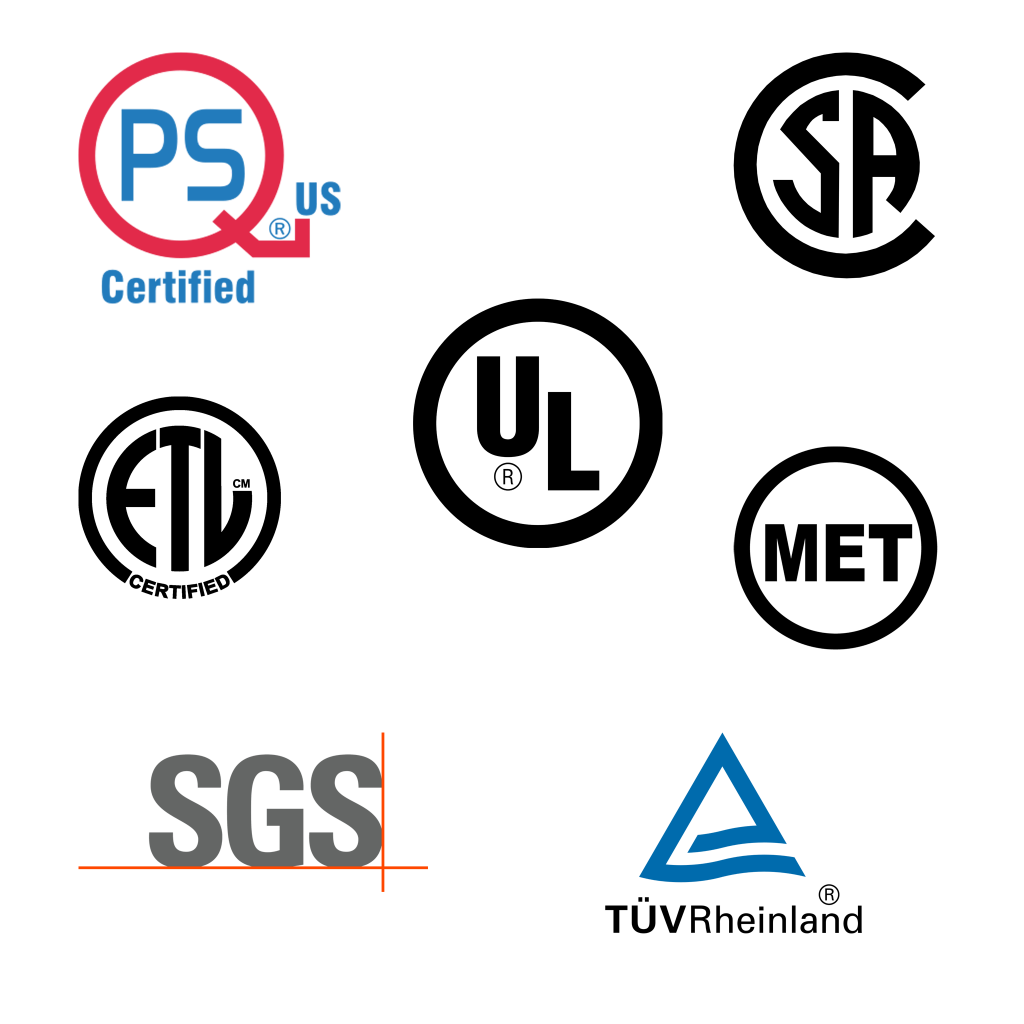

How can we help you with NRTL certification?
We are a company specialised in conformity with extensive experience in the international product certification sector. Whether you can opt for self-certification or require third-party certification, we dedicate all our resources to ensure that you certify your products in an agile, effective, and guaranteed way.

How can we help you with CE Marking?
We are a company specialised in conformity with extensive experience in the international product certification sector. Whether you can opt for self-certification or require third-party certification, we dedicate all our resources to ensure that you certify your products in an agile, effective, and guaranteed way.
Our services
Product Certification
Accredited Laboratory Testing
Technical Documentation
Advice and Consultancy
Avoid headaches
Let us help you and focus your energy on your business
“We can only say that they are a great team of professionals. Thanks to their rigorous work and professionalism, we were able to successfully certify the CE and FCC marking of the first version of our product, Travel Sax.”
Ramón Mañas
Odiseimusic (CEO)
“They have made possible what would have been impossible on our own, or much more costly in terms of time and money, allowing us to enter the market with all our responsibilities covered.”
Manuel Vázquez
Oxi Instruments (CEO)
“The quality of their work is excellent; they have shown a level of professionalism and dedication that exceeds our expectations. Their commitment to excellence and their client-oriented approach make them an ideal choice.”
Marcos Bruñuel
Bitbrain (QA/RA Manager)
Learn more about NRTL certification
If you intend to introduce an electrical/electronic product into the US market, you need to know and understand a series of essential concepts about NRTL certification.
Did you know...
An NRTL is a private organisation recognised and accredited by OSHA (Occupational Safety and Health Administration) to conduct tests and certify that certain products meet applicable safety standards in the United States. Its seal guarantees that the equipment has been evaluated by a competent third party for safe use in the workplace and, by extension, in the consumer market.
This is the fundamental distinction in safety certification. A final, complete, and standalone product (like a drill or a microwave) receives the "Listed" mark. A component that will be part of a larger product (like an internal power supply or a switch) receives the "Recognized" mark. The certification of the components is crucial to be able to certify the final product.
These are areas where concentrations of flammable gases, combustible dust, or ignitable fibres may exist. Equipment intended for these environments (Class I, II, or III) must undergo much more rigorous testing and obtain specific certification for "HazLoc", which guarantees an explosion-proof or intrinsically safe design to prevent fires or explosions.
The procedure involves selecting an NRTL, identifying the correct safety standard, and submitting an application with complete technical documentation. The laboratory conducts exhaustive tests on product samples. If they comply, an initial factory inspection is carried out, and finally, the certificate is issued and the use of the mark is authorised.
NRTL certification is not a one-time event. After initial certification, the NRTL conducts periodic, unannounced follow-up inspections at the factory (usually four times a year). The objective is to ensure that the manufacturer maintains production processes and materials so that all manufactured products continue to meet the standard under which they were certified.
Products are not tested against OSHA regulations, but against specific safety standards for each type of product. These standards are typically developed by organisations like UL (Underwriters Laboratories) and are recognised as American National Standards (ANSI). Examples: UL 62368-1 for IT equipment or UL 508A for industrial control panels.
The tests go far beyond simple functionality. They include electrical safety tests (overvoltage, current leakage), mechanical tests (impact resistance, stability), fire tests (flammability of plastics), temperature tests (to ensure there is no overheating), and evaluation of the product's construction.
A critical part of the process is the review of the bill of materials (BOM). All safety-critical components, such as cables, switches, power supplies, and plastic housings, must have their own certification (be "Recognized") and be suitable for the application. The use of uncertified components can lead to the failure of the entire project.
For equipment that is already installed in the field but lacks NRTL certification (for example, custom-made or uniquely imported machinery), a "Field Evaluation" is available. An NRTL engineer inspects the equipment on-site and, if it meets the standards, applies a special field evaluation label, valid only for that specific unit.
To start the process, the manufacturer must provide a detailed technical file. This includes electrical schematics, construction diagrams, a list of critical materials and components (with their certifications), specifications of plastic materials, a user manual, and product photographs.
The user manual is a safety element evaluated by the NRTL. It must contain all the necessary installation, operation, and maintenance instructions for safe use. It is mandatory that it includes specific safety warnings (caution, warning, danger), electrical specifications, and any other information required by the safety standard.
Once certified, the product must permanently and visibly bear the certification mark of the corresponding NRTL (e.g., the UL, ETL, CSA US logo, etc.). The mark must include identifiers that allow traceability to the product's specific certification report, demonstrating its conformity to inspectors, retailers, and users.
These laboratories are accredited by the U.S. Occupational Safety and Health Administration (OSHA) as NRTLs to test and certify that products meet the required safety standards in the US market.
Each body grants its own mark (certification) of conformity, but they all comply with the same evaluated legal requirements.
For OSHA, all these marks are equivalent for the products they cover within their scope of recognition. It is important to verify the status of each body at the time of certification.
Underwriters Laboratories Inc. (UL Mark)
Intertek Testing Services NA, Inc. (ETL Mark)
CSA Group Testing & Certification Inc. (CSA Mark)
SGS North America, Inc. (SGS Mark)
TÜV SÜD America Inc. (TÜV SÜD Mark)
TÜV Rheinland of North America, Inc. (TUVus Mark)
Eurofins MET Laboratories, Inc. (MET Mark)
NSF International (NSF Mark)
QPS Evaluation Services Inc. (QPS Mark)
QAI Laboratories, Inc. (QAI Mark)
FM Approvals, LLC (FM Approved Mark)
DEKRA Certification, Inc. (DEKRA Mark)
Bureau Veritas Consumer Products Services, Inc. (Bureau Veritas Mark)
Do you have any questions?
We've compiled the most frequent questions from our clients
OSHA (Occupational Safety and Health Administration) is an agency of the United States Department of Labour whose primary mission is to ensure safe and healthy working conditions for employees. It achieves this by establishing and enforcing a series of safety standards, as well as providing training, outreach, and assistance. Its jurisdiction is focused exclusively on the protection of workers within the American workplace environment.
An NRTL (Nationally Recognized Testing Laboratory) is an independent organisation accredited by OSHA (the U.S. occupational safety agency) to certify that a product meets U.S. safety standards. NRTL certification is a requirement for many products in the workplace and, in practice, is demanded by most major distributors and retailers to sell any electrical equipment in their stores. It is the definitive proof that your product has been evaluated by a third party and is safe for use.
No, UL certification is not mandatory by law. The real requirement, especially for equipment in workplace environments, is that a product be certified by an NRTL recognized by OSHA. Underwriters Laboratories (UL) is the oldest and best-known NRTL, which is why its mark is the most recognized by consumers. However, there are many other NRTLs, such as Intertek (ETL), CSA, TÜV, or SGS, whose certifications are 100% equivalent and valid in the eyes of OSHA and major retailers. The choice between UL and another NRTL often depends on factors such as cost, speed of service, customer support, and access to other international markets that the laboratory may offer.
This is a crucial distinction. A "Listed" product is a complete, stand-alone piece of equipment that the end-user can buy and use directly (e.g., a computer, a coffee maker). A "Recognized" component is a part that has been evaluated for use within a "Listed" product (e.g., an internal power supply, a switch). A final product cannot be "Listed" if its critical safety components are not "Recognized".
For these cases, there is the "Field Evaluation". An engineer from an NRTL can travel to the equipment's location to inspect and test it on-site. If the equipment meets the applicable safety standards, a special field evaluation label is applied. This certification is valid only for that specific inspected unit, not for the entire production line.
It varies greatly depending on the complexity of the product, the applicable standard, and the NRTL you choose. A simple product can take a few weeks, while a complex one can take several months. Costs can range from a few thousand euros to tens of thousands. It is essential to request quotes from several NRTLs and have a well-prepared product design with already certified ("Recognized") components to speed up the process and reduce costs.
No. NRTL certification requires active maintenance. The NRTL will conduct periodic, unannounced inspections at your factory (usually 4 times a year) to ensure you continue to manufacture the product exactly as it was certified. If you change a critical component or modify the design, you must notify the NRTL, as a re-evaluation may be necessary to keep the certification valid.
Legally, at the federal level, it is not mandatory for a consumer product to have an NRTL certification, as OSHA's mandate is limited to the workplace. However, in practice, it is almost indispensable for the following reasons:
Advantages of having certification:
Market Access: This is the most significant benefit. Major distributors and retailers (like Amazon, Walmart, Home Depot, etc.) contractually require it. Without an NRTL mark (such as UL, ETL, CSA), they will simply refuse to sell your product.
Reduced Liability: In the event of an incident (fire, electric shock), the certification demonstrates that you took the necessary steps ("due diligence") to ensure the product's safety, which is a very strong legal defence.
Consumer Confidence: Although many consumers may not understand the details, they recognize seals like UL's as a guarantee of safety and quality, which can influence purchasing decisions.
Compliance with Local Codes: Some jurisdictions (cities or counties) may require in their electrical or building codes that certain installed products (such as light fixtures or household appliances) be certified by an NRTL.
Disadvantages of NOT having certification:
Very Limited Market: It restricts you to direct sales or through small retailers who do not have this requirement, closing the doors to mass distribution channels.
Higher Legal Risk: In the event of an accident, you will be much more vulnerable to product liability lawsuits, as you will not be able to prove that an independent third party validated your product's safety.
Customs Issues: Although not always, customs agents could detain a shipment of electrical products if they do not see a recognized safety mark, considering them potentially dangerous.
Yes, this is a very common approach to save time and money. A "product family" consists of a series of models that are very similar in construction, components, and operation, and only vary in minor aspects that do not affect safety (e.g., colour, enclosure size, a non-critical software function). You can submit the most complete or "worst-case" model of the family for testing. If this model passes, the NRTL can extend the certification to the entire product family under the same report, which is much more efficient than testing each model separately.
This is a fairly common situation. The NRTL will provide you with a detailed report indicating exactly which test failed and why. From there, you have the opportunity to modify your product's design to correct the fault (for example, by changing a component, improving insulation, or redesigning a part of the circuit). Once the corrections are made, you can resubmit the product for that specific test (not the entire process) to demonstrate that the problem has been resolved and continue with the certification.
Yes, and this is a very important point. When a safety standard is updated, NRTLs establish a transition period. Your product certified under the old version of the standard will remain valid during that period. However, to maintain certification in the long term and for new productions, the NRTL will require you to demonstrate that your product also complies with the new requirements of the updated version of the standard. This may require a re-evaluation or additional testing. It is the manufacturer's responsibility to stay up-to-date with these updates.
Not directly. NRTL certification is specific to the U.S. market (and Canada if a C/US mark is used). Europe has its own system (the CE marking), and Asian countries have their own certifications (CCC in China, PSE in Japan, etc.). However, many NRTLs are also global certification bodies. You can contract with them for a "global market access package," where they manage the tests for multiple certifications (NRTL, CE, etc.) simultaneously, streamlining the process and reducing redundant testing.
